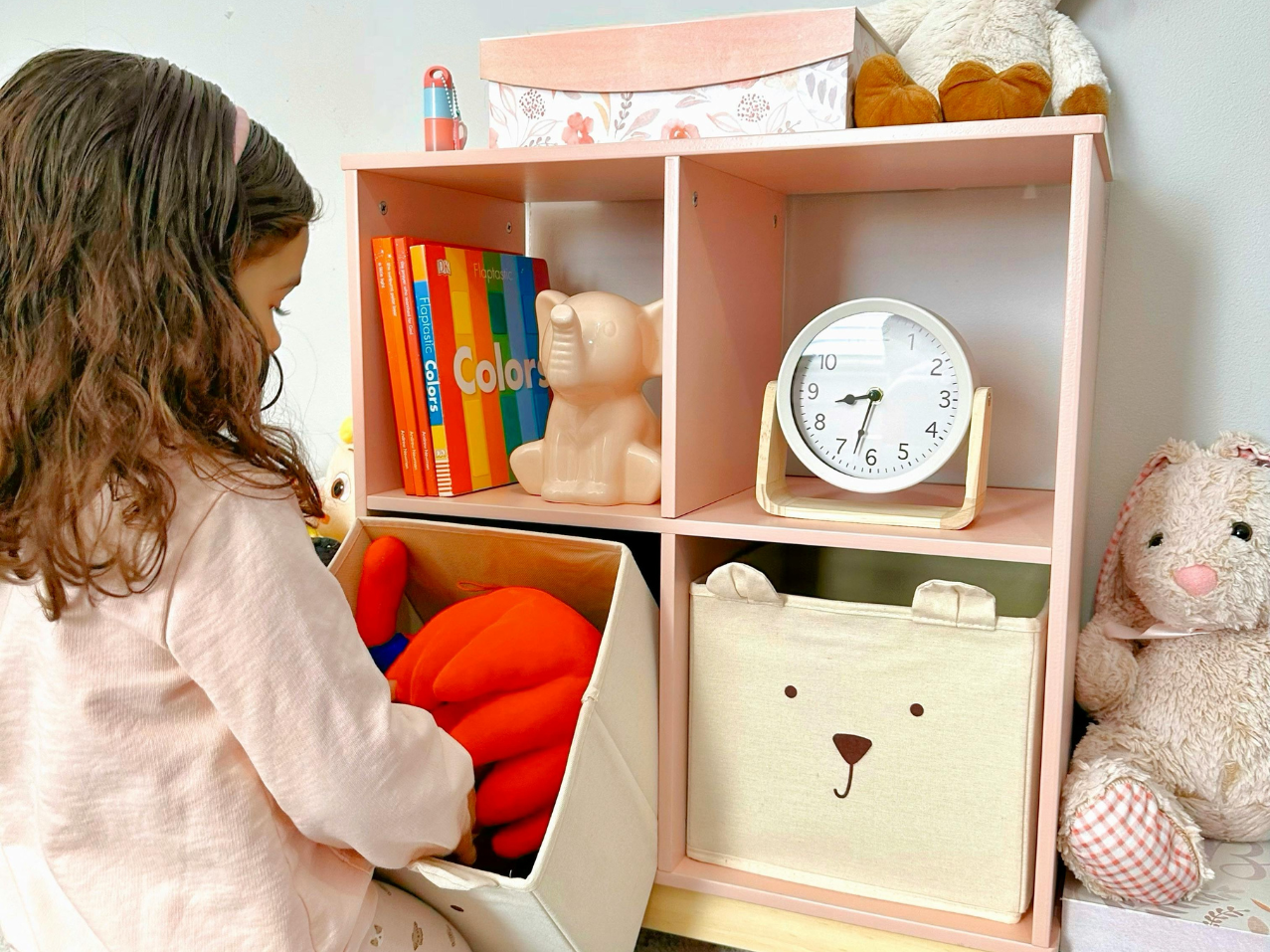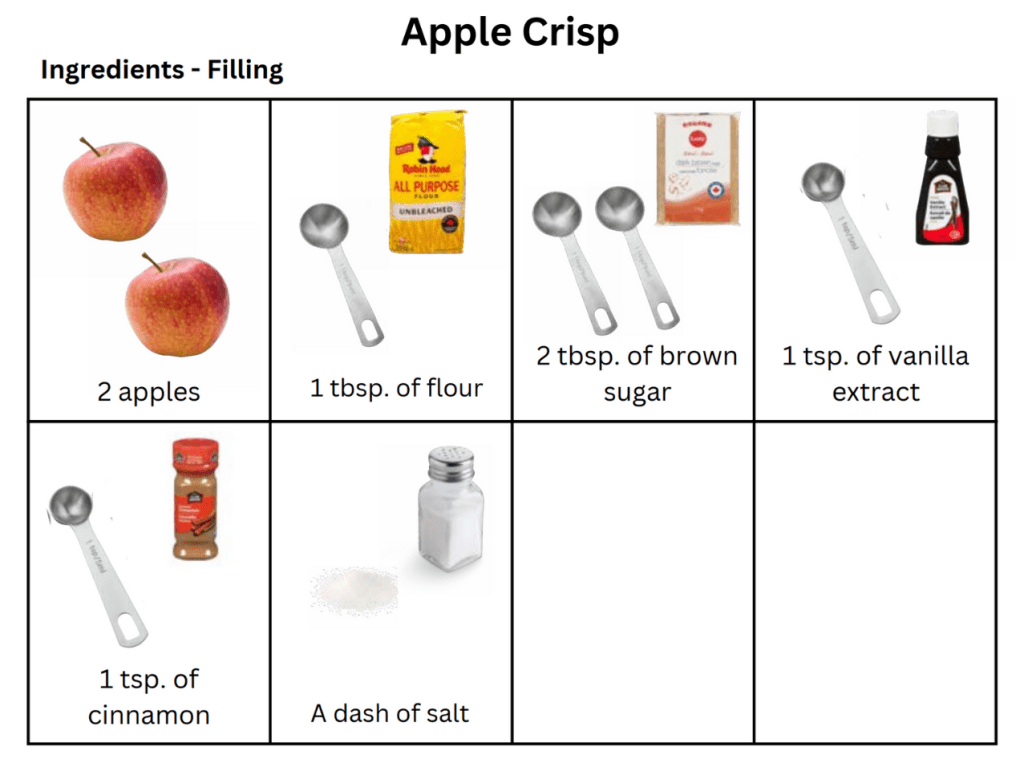Menu
-
-
Shop Holiday Items
-
Shop Gifts By Age
- Gifts For a 0-6 Month Old
- Gifts For A 6-12 Month Old
- Gifts For A One Year Old
- Gifts For A Two Year Old
- Gifts For A Three Year Old
- Gifts For A Four Year Old
- Gifts For A Five Year Old
- Gifts For A Six Year Old
- Gifts For A Seven Year Old
- Gifts For An Eight Year Old
- Gifts For A Nine Year Old
- Gifts For A Ten Year Old
-
Shop Gifts By Budget
- New Arrivals
-
Toys
- Large Active Toys
- Animal Toys
- Arts & Crafts
- Award-Winning Toys
- Bath Toys
- Birthday Wishlists
- Building Toys
- Cars, Trains, & Trucks
- Games
- Instruments
- Loose Parts Play
- Loot Bag Toys
- Made in Canada
- Outdoor Toys
- Pretend Play
- Puzzles
- Sensory And Fidget Toys
- Sensory Bin Tools & Fillers
- STEM Toys & Activities
- Toronto-Themed Gifts
- Travel Toys
- Wooden Toys
- Waiting Room Toys & Furniture
-
Montessori Materials
- Montessori At-Home Program
-
Montessori Furniture
-
Bundles & Sales
-
Books
-
Shop By Age
-
Shop By Brand
- Brands A-F
- Brands G-L
-
Brands M-R
- MagicPlaybook
- Magna Tiles
- Make Believe Ideas
- Makedo
- Manhattan Toys
- Math for Love
- Milaniwood
- MindWare
- Mojo Toys
- Moluk
- Moulin Roty
- Native Northwest
- nic
- Nienhuis
- Ooly
- Opinel
- Ostheimer
- Papoose
- Peaceable Kingdom
- Plan Toys
- Plus-Plus
- Preschool Collection Watches and Timers
- Ravensburger Puzzles
- Real Life Pages
- Brands S-Z
-
- 866-901-4696
- Gift Registry
- Login


The Montessori Approach to Teaching Math
3 min read
Think back to being math class in school.
I'm guessing, like most people, you don't have the fondest memories.
Even if you like math, you can probably recall many boring hours of sitting at a desk, reciting the multiplication table or being taught arithmetic from a blackboard.
But math can be incredibly fun and interesting for young children, when we teach it in a way that aligns with their interests.
Just like anything in Montessori, math can be taught by "following the child".
In fact, Dr. Montessori believed that all children are born with a ‘mathematical mind.’
The Montessori approach is a wonderful way to teach math - child-led and hands on with a focus on order.
And by looking for opportunities to connect math to the real world around us, you'll not only make learning math fun, but show your child its value.
How many times did you think "when will I ever use this?" when sitting in a math class?
You can help develop your child's reasoning skills by showing and explaining to them how abstract math skills are used in real life.
Teaching Math - Under Two Years Old
Math isn't taught directly to infants and toddlers in Montessori but rather naturally through activities, stories, and songs.There are endless opportunities to:
- count
- talk about things being heavy vs. light or bigger vs. smaller
- add groups of items together (addition)
- take them apart (subtraction)
- find and name 2D or 3D shapes
- 1, 2, 3, 4, 5 Once I Caught a Fish Alive
- 5 Little Monkeys Jumping on the Bed
- 5 Green and Speckled Frogs
- 5 Little Ducks
- Ants Go Marching
- Zoom Zoom Zoom
Slippery Fish is also a great song to learn about sizes and talk about bigger vs. smaller.
Loose parts, like the ones that Grapat makes, are also great for counting and sorting. Children ages 3 - 4+ will eventually use them for imaginative play too.

Teaching Math - Ages Two+
Math is taught in a Montessori classroom using carefully designed materials, like Number Rods, Sandpaper Numbers, and Spindle Boxes. If you did want to bring these into the home environment, it's a good idea to research how to present them properly.At home, it's much easier to find activities around the house to explore math concepts.
For instance, in practical life:
- Cooking and baking teaches measuring, counting, estimation, and observing results
- Filling up pitchers and pouring water teaches volume
- When practicing transfer or spooning activities, you can count the number of scoops or pieces being transferred (i.e. pom poms)
- Setting the table requires counting (number of people at the table and number of plates, cups, forks, etc)
- When doing snack prep, you can talk about size, i.e "This carrot is bigger than this carrot!"
- Integrate counting into play time by counting whatever it is you’re playing with, i.e. "there are 1, 2, 3, 4, 5 animals in this basket."
You can also incorporate math into many sensorial activities at home, like:
- Hold two objects to explore weight and talk about which is heavier
- Go for a walk and collect things to sort and compare sizes
- Bring a shovel and pail to the beach and try to estimate the number of scoops of sand needed to fill the bucket. This is a great way to learn about estimation.
- Make 2D and 3D shapes with playdough or playdough and toothpicks
- Do sink or float experiments to learn about density
- Use sidewalk chalk to make patterns and learn about patterning, i.e pink circle, purple circle, pink circle, purple circle, etc
These types of practical life and sensorial activities all work to prepare the child for more complex mathematical concepts later on.
Follow The Child
Just remember, there's no need to force it. Your child is naturally interested in these concepts.If you offer a math activity or suggest counting and your child doesn't want to, just wait for another opportunity.
The goal is to support their natural curiosity and develop a deep love of learning, not push our children to be the first in their class to do long division.
Join Our Montessori Community
Sign up to get weekly activities, free printables, Montessori parenting guidance, and so much more.
Plus, get $10 off your first order of $100+.
Like this article? Get new articles, weekly activities, free printables, Montessori parenting guidance, and so much more.
One mom recently shared:
"Your newsletter is always SO great. It is one of the few I open and read weekly. You provide so much value. Thank you!"


